Combination of pumps
A blog on the combination of centrifugal pumps.
Centrifugal pumps can be connected in series or in parallel to provide additional head or flow rate capacity. A series of centrifugal pumps are used to overcome system head losses larger than a single pump can handle. Centrifugal pumps are connected in parallel to overcome a larger volume flow rate than a single pump can handle.
Pumps in series
In a series combination, pumps are connected one after another. The discharge of the leading pump is connected to the suction of the trailing pump as shown in figure 1.
when pumps are connected in series, each pump has the same flow rate, but the total head developed will be the sum of the individual pump heads. Since each pump develops a head H corresponding to a flow rate Q, when connected in series, the total head developed is;
Ht = H1 + H2, where H1 and H2 are the heads delivered by the pump in series at normal flow rate Q.
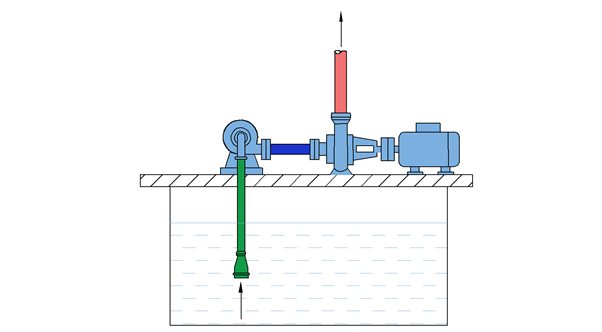
Fig.1 - Pumps in Series
Series pumping can reduce installation and operating costs. Series pumping with two or more smaller pumps also provides a higher standby capacity to handle the overall pumping requirement. Larger pumps may have very high NPSH requirements. To avoid cavitation, a small pump can be used in series, discharging large ones into the suction nozzle. This causes an increase in the NPSH available at the larger pump suction.
Pumps in parallel
In parallel combination, the pump receives liquid from the
same suction manifold and discharges into a common discharge manifold as shown
in figure 2.
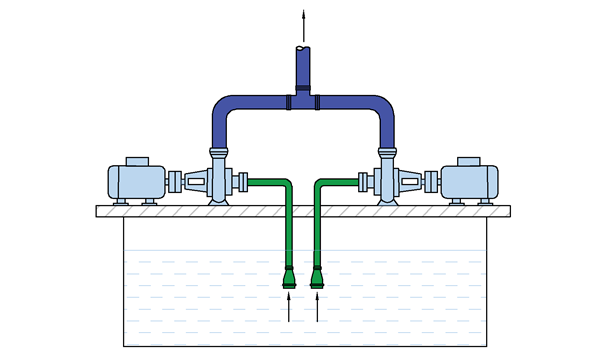
Fig.2 - Pumps in parallel
When the pumps are connected in parallel, the flow rate is added to a normal head. The flow rate Qt is divided between Q1 and Q2 with respect to the pumps. Each pump develops the same head H at the corresponding capacity. Thus, the first pump with flow rate Q1 develops the same head H as the second pump with flow rate Q2.
Pump curve construction
1. Parallel combination
In parallel pump curves, select some points of the single pump curve head, double the flow in that head, and plot the points. Connect the points in parallel to determine the combined effect of the two pumps. This is shown in figure 3.
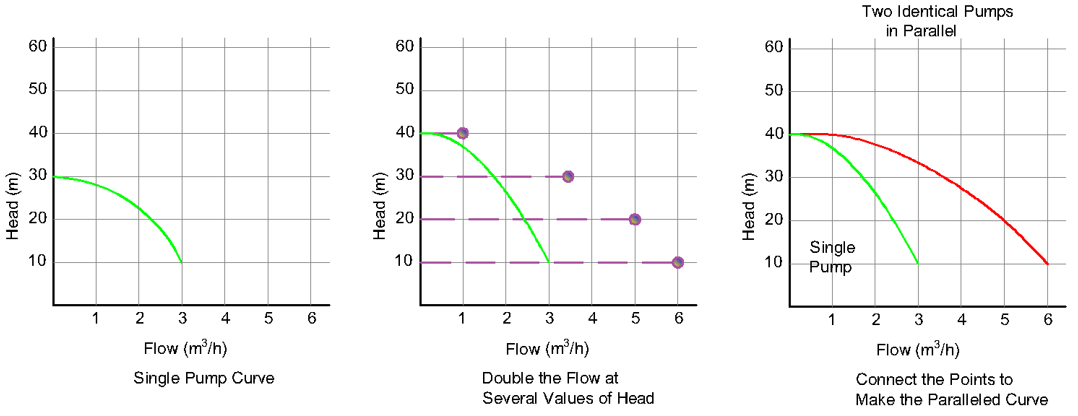
Fig.3 - Pumps Curve construction for parallel combination
From figure 4, the point A represent design operating point when both pumps are running, and point B represent the design operating point of individual pump.
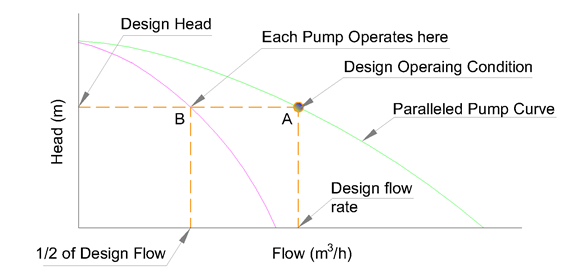
Fig.4 - Operating points in parallel combinations
2. Stand by operation
One of the major advantages of parallel pumping is standby protection. The function of a standby pump is to continue pumping operation when the first pump becomes inoperative. In parallel pumping, if one of the pumps fails or is out of service, the integrated parallel pump curve disappears, and the point of operation shifts to the intersection of the single pump curve with the system curve already established. This is shown as point C in figure 5.
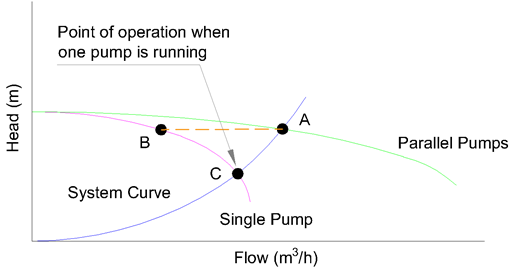
Fig.5 - Stand by Operation
Series Combination
In series pump curves, select some points of the single pump curve flow rate. Construct this composite curve by doubling the head developed by a single pump at every flow rate as illustrated in figure 6.
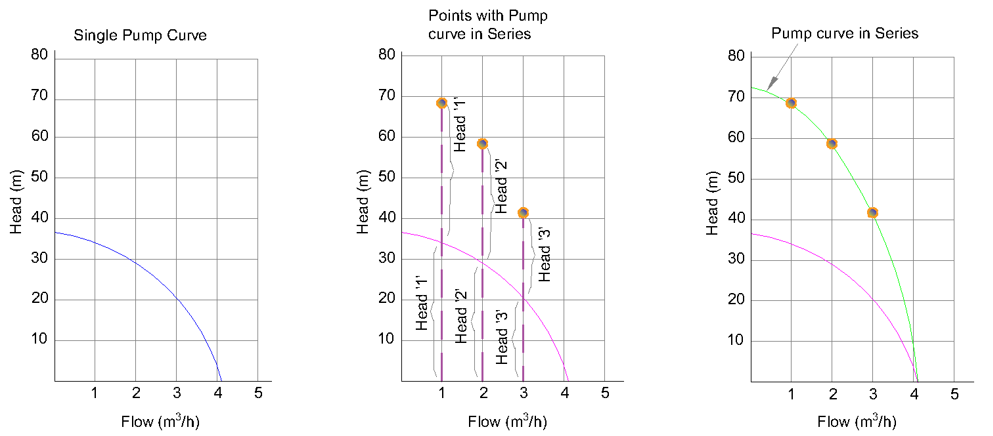
Fig 6: Pumps Curve construction for series combination
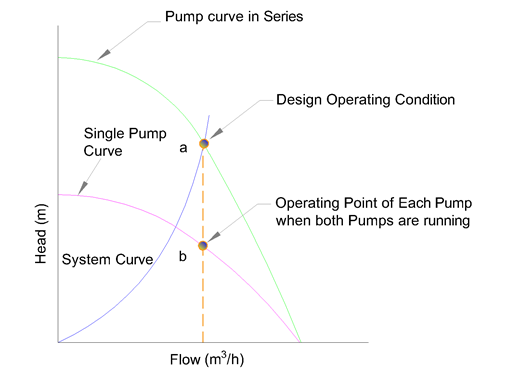
Fig.7 - Operating points in parallel combinations
From Figure 7, the point a represent design operating point when both pumps are running, and point b represent the design operating point of individual pump.
Combination of parallel & series pump application
In large installations that make conditions for future expansion, or when a relatively low flow rate for heating and a high flow rate for chilled water-cooling is required, a combination of series and parallel pumping will be used. A typical installation might look like the one in Figure 7.
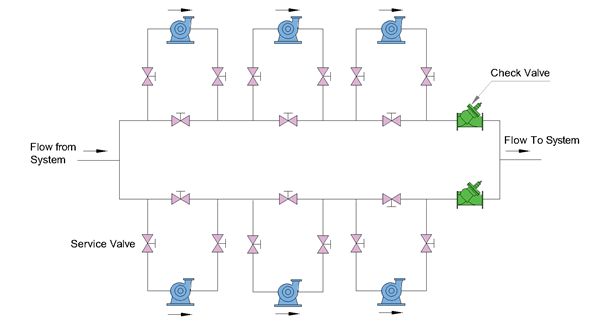
Fig.8 - Combination of parallel & series pump application
With a combination of parallel, series, and parallel and series pumping, the system designer has the maximum flexibility to design the pumping system for each centrifugal pumping situation optimally and cost-effectively.







.png)




No comments yet